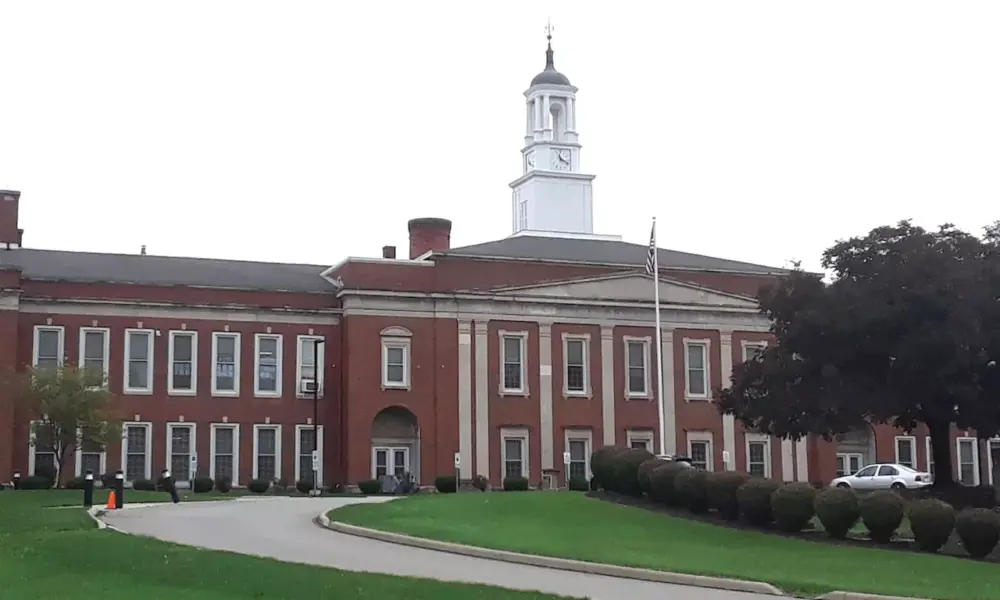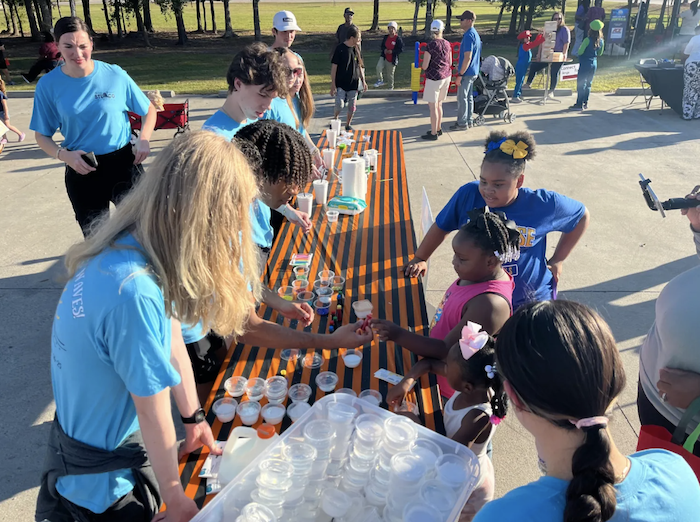UPDATE: Groundbreaking research has just revealed significant genetic overlap between motor neuron diseases, including amyotrophic lateral sclerosis (ALS) and hereditary spastic paraplegia (HSP). Conducted by scientists from St. Jude Children’s Research Hospital and the University of Miami Miller School of Medicine, this urgent study, published today, uncovers ultrarare gene variants that may reshape our understanding of these debilitating conditions.
The analysis highlights that both ALS and HSP, while traditionally viewed as distinct, share common genetic elements that could lead to better treatment options for patients. This discovery comes at a critical time as both diseases cause progressive motor dysfunction, with ALS often affecting limbs and HSP primarily impacting the legs.
Using advanced genetic tracking tools, the researchers identified 423 unique disease-causing variants across 222 ALS and 134 HSP patients. Notably, many gene modifications associated with HSP were also present in ALS patients without family histories of these diseases, indicating a shared genetic risk.
First and co-corresponding author, Dr. Gang Wu, emphasizes the importance of this finding: “Variants are often dismissed if they are not contextually relevant, such as ALS patients carrying rare variants in HSP genes. Our analysis demonstrates that genes associated with HSP could also increase risk for sporadic ALS.”
This urgent study was based on data from the CReATe Consortium, which includes typical patients from the United States, Europe, and South Africa. The findings suggest a previously unrecognized genetic connection that could lead to more personalized treatment approaches for these patients.
The researchers utilized a tool called CoCoRV to evaluate the prevalence of ultrarare variants in these disorders compared to healthy controls. Their results show significant genetic overlap that can no longer be ignored, with the canonical HSP gene AP4S1 notably enriched in ALS patients of European ancestry.
Co-corresponding author Dr. Michael Benatar stated, “The value of studying multiple related disorders is evident in these results. This research underscores the necessity of a unified approach in understanding motor neuron diseases.”
As the scientific community digests these findings, experts call for further investigation into the genetic factors of motor neuron diseases. This study not only advances the understanding of ALS and HSP but also opens new avenues for research into treatments that could alleviate the suffering of millions affected by these conditions.
In light of these developments, patients and families impacted by motor neuron diseases are encouraged to stay informed about potential advances in genetic testing and personalized care options. As Dr. J. Paul Taylor notes, “Extensive progress has been made over the past decade to decode the genetic landscape of motor neuron diseases. This study furthers that cause by showing the overlapping contributions of canonically distinct genes, offering a clear path forward to more accurate diagnosis and care.”
Stay tuned for more updates as researchers continue to explore these critical genetic connections.







